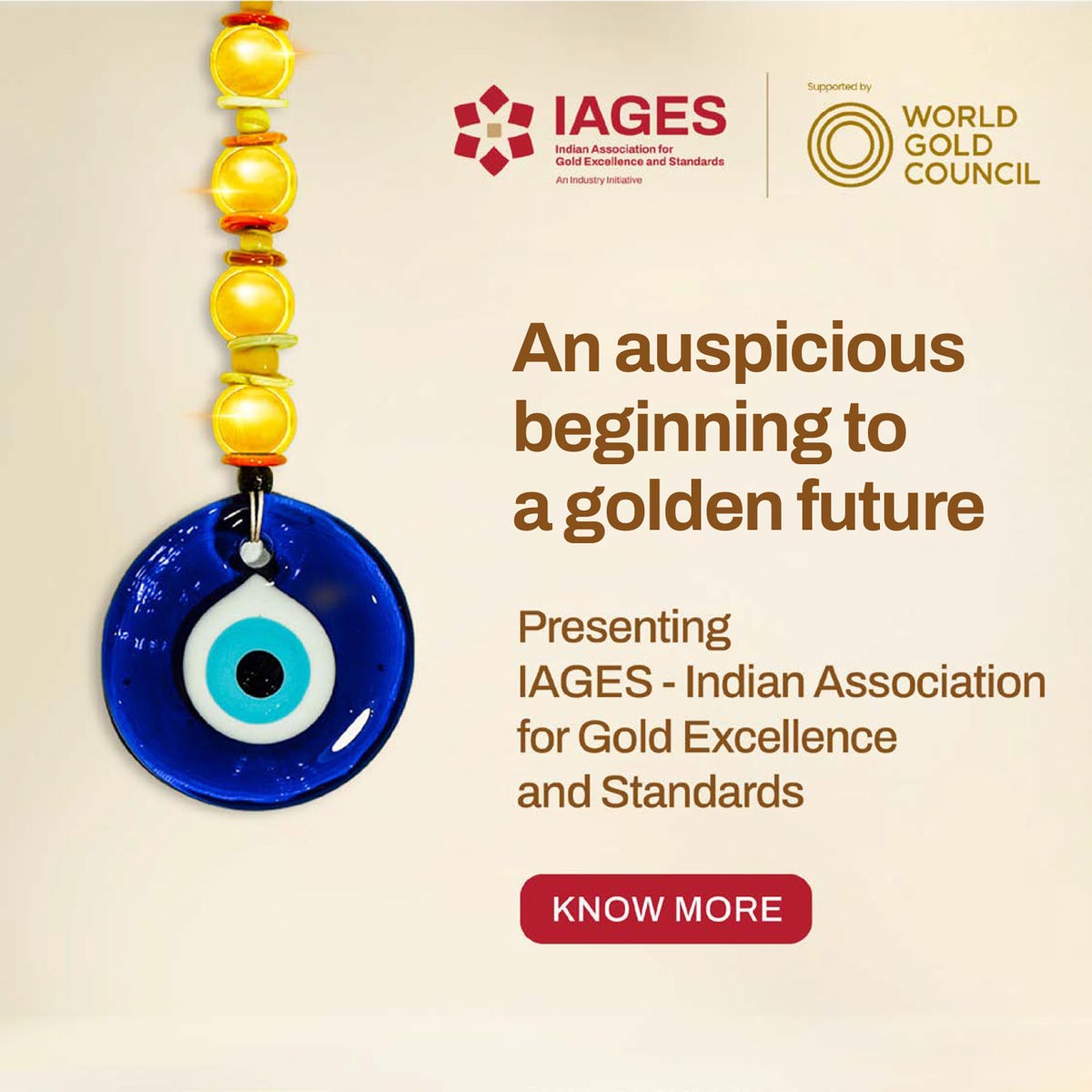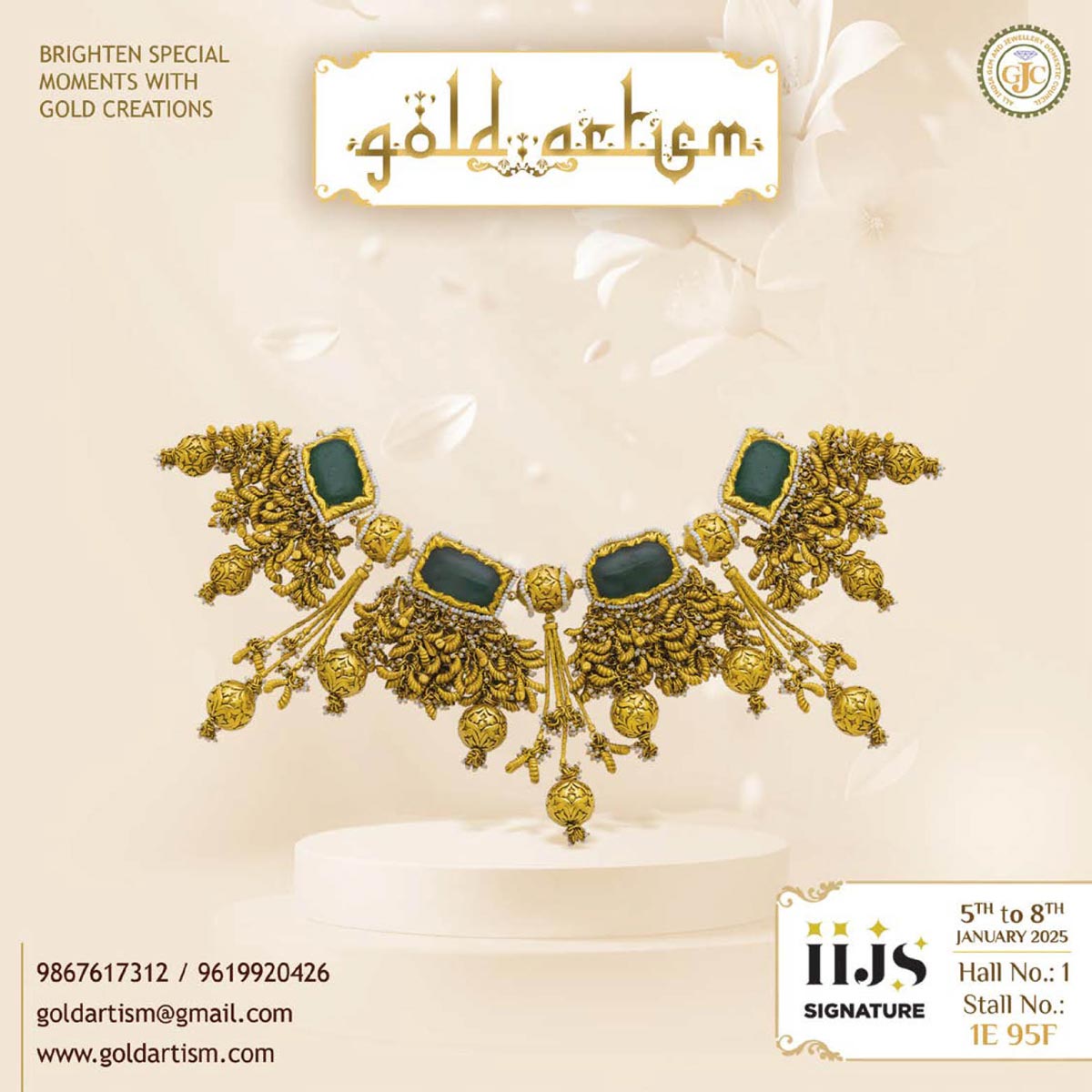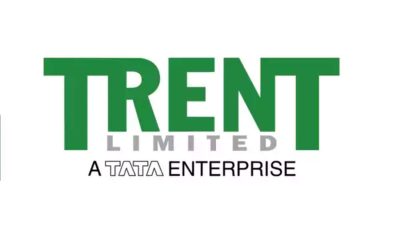RJ Market Watch
Blockchain to Track Your Purchases to Their Origin

Consumers are more and more preoccupied with how products are made. After decades during which price and quality were the two primary attributes, they looked for in products, nowadays the demand for sustainably produced goods is on the rise.
Contributing to this increased awareness are both a greater concern for the environment and also frequent scandals involving labor rights violations in the supply chains of some of the best-known brands, like Apple, H&M, or Nike.
But telling sustainable products apart from their less sustainable counterparts in hard. After all, sustainably sourced or produced goods often don’t look any different. Many green labels and certifications seek to address this issue, but they are generally used for products that come in packaging (How would you stick a label on, say, a potato? If you had to sell it in packaging in order to show it’s sustainable, wouldn’t that defeat the purpose of the label in the first place?). And, despite the complicated audit process required to get such labels, they are often as fallible and corruptible as the contexts in which they are awarded.
But what about goods like cut flowers, timber, diamonds, or fish? How can we tell if these products are sustainable? That their production complied with the law — for instance, that our furniture is not made out of illegally logged timber? And that the workers who labored to bring them to the shelves of our local supermarket or shop were fairly treated?
Ensuring transparency and traceability across supply chains in our globalized economy is no easy feat. Luckily, an entire suite of technological solutions is emerging to help solve this problem.
Blockchain to the rescue
Over the past five years or so, several global companies — and some startups — have developed blockchain-based applications to help track goods across supply chains. A pioneer in this area is IBM, which has established various such initiatives on its own and in collaboration with other companies.
For instance, the IBM Food Trust is a blockchain-based platform that aims to ensure traceability and sustainability in the supply chains of foods and beverages.
In addition, in August 2018 IBM launched TradeLens in collaboration with Maersk, the largest shipping company in the world. The aim of this blockchain-based platform is “to promote more efficient and secure global trade”, IBM said in a press release.
Aside from IBM, recognizable names like diamond company De Beers and retailer Walmart have joined the blockchain bandwagon.
The way in which such solutions operate is that they work to transpose physical supply chains — that is, the networks of producers, intermediaries, processors, auditors, certifiers, sellers, and customers — onto an online, blockchain-based platform in order to create a virtual registry of the provenance and trajectory of products.
TradeLens, IBM Food Trust, and Tracr (the diamond-tracing platform) all fashion themselves as industry-specific ecosystems or networks. The importance of this detail cannot be overestimated, for, in order for the solution to work in the first place, supply chain actors need to opt-in and join the network. And the well functioning of the platform depends on it becoming the most used solution in a given sector.
Blockchain — the distributed ledger (or registry) technology that was first developed to support the BitCoin —lends itself particularly well to the management of complex networks like supply chains because of its decentralized nature.
The two key issues with tracing products (particularly commodities) across supply chains are the need to establish trust among parties that often don’t even speak the same language and the need to manage a large amount of data.
The story goes that blockchain can help solve such issues. That is because, through its very design, a platform running on blockchain is secure. Through blockchain, users are only able to access the records that they are entitled to see. And, before their information gets added to the blockchain, several other users (dubbed miners) get to vet it, thus ensuring that more than one entity has control of the accuracy of the stored data.
After being checked, each block of information is then stored onto the blockchain and can no longer be altered by anyone. In this manner, the registry grows in size with the addition of new blocks of dependable information.
For instance, a fisherman in India may suggest adding a block with information about his latest capture of shrimp, containing details such as weight, provenance, date of capture, and others, to the blockchain-based platform that IBM is prototyping for Walmart. This information would be checked by several miners (like the collection point where s/he dropped off the shrimp), who can testify whether it is accurate or not.
If deemed accurate, the information would be added as a block onto the blockchain. With each passing through a new port or processing facility, the shrimp would get tracked using a QR code placed on the container in which it travels. Once it reaches Walmart’s shelves, the consumer would be able to access the entire history of this product using a simple scanner or an app on their smartphones.
By ensuring the accuracy of the information and all but eliminating human error, such a platform promises to reduce insurance, audit, and legal compliance costs for retailers.
But there are several issues with this model. The first is the need for users to opt into platforms. In industries that are heavily centralized, like the diamond industry, it is easy for a near monopolist like De Beers to convince suppliers to partake in a platform that it launched.
But in so doing, it perpetuates asymmetric economic relationships and calls into question the issue of trust. Blockchain has been touted as a form of ensuring trust in online transactions among real-world strangers. But what if the institution that controls the blockchain-based platform and dictates the rules of the game has vested interests like De Beers does? It is conceivable that the blockchain could be corrupted in such cases, despite the monopolist’s pretenses of non-involvement.
That is to say nothing of the varying levels of connectivity around the world. While Internet penetration rates are rising everywhere, there are still parts of the world where connection is poor. If blockchain is the only way small producers can supply to global companies, then those of them who are the least connected — and likely the most economically disenfranchised — will be left out. Blockchain would thus exclude those in need of opportunities from having access to them.
As for industries that are more fragmented, such as pulp and paper, several conflicting platforms used to track at the same commodity could emerge. This would force producers and suppliers to specialize based on who their client is or to learn how to use multiple platforms. The risk of confusion and mistakes would evidently be high.
Focusing on functionality instead of the technology
In an interview with Knowledge@Wharton, Stefan Gstettner of Boston Consulting Group (BCG), warns against overhyping the functionality blockchain affords in the management of supply chains.
“In the early days of blockchain, there was the notion that blockchain can help connect parties in the supply chain,” he says. “That is in general true. However, if we only want to connect parties that anyway know each other, there are many competing technologies like EDI [electronic data interchange], or what many call a supply chain control tower. The question then is: Why should blockchain be considered a promising competing technology here?”, he adds.
Instead, he recommends focusing on the unique functionality the technology brings, which is its ability to establish trust in interactions among strangers. Companies must figure out how to channel this advantage while avoiding the abovementioned drawbacks of such platforms before being able to use blockchain in supply chain management on a wide scale.
For the time being, experts agree that it’s still early days for blockchain; that most companies don’t quite know how to use it to add value to their businesses and that the learning curve ahead of us is steep.



-

 Daily News2 months ago
Daily News2 months agoBvlgari adds designs to its pathbreaking mangalsutra collection ahead of wedding season
-

 Daily News1 month ago
Daily News1 month agoTrent, a TATA subsidiary, launches lab-grown diamond brand ‘Pome,’ shares surge 7.67%
-

 Daily News2 weeks ago
Daily News2 weeks agoMalabar Gold & Diamonds launches ‘Heritage Show’ in Mangalore, featuring jewellery inspired by Maharanis
-

 Daily News3 weeks ago
Daily News3 weeks agoSavji Dholakia’s visionary water conservation project ‘Bharatmata Sarovar’ reinforces commitment to sustainability















